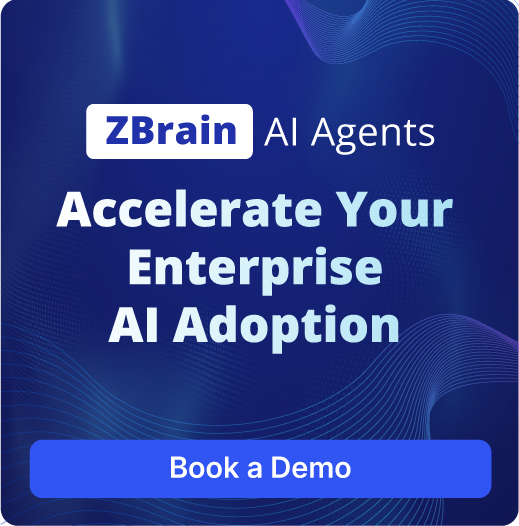Elevate Financial Analysis with ZBrain AI Agents for Data Interpretation and Reporting
ZBrain AI Agents for Data Interpretation and Reporting are designed to elevate the efficiency and accuracy of financial performance monitoring. These advanced agents simplify complex financial workflows by automating tasks such as data analysis, reporting, trend identification, and risk assessment. By harnessing cutting-edge AI capabilities, ZBrain agents enables financial teams to process and interpret large volumes of data swiftly, leading to faster, more informed decision-making. With capabilities to generate comprehensive reports and highlight emerging patterns, these agents free professionals from manual data entry and repetitive analysis, allowing them to focus on strategic initiatives and long-term planning. Integrating ZBrain AI agents into financial operations provides a flexible and scalable approach to managing a wide range of financial tasks. From analyzing performance metrics to delivering precise, timely reports, these agents offer actionable insights that strengthen financial oversight. Their ability to interpret complex datasets and assess potential risks in real time ensures finance teams are empowered with the information needed to make proactive decisions. By streamlining data interpretation and reporting, ZBrain AI agents boost productivity, improve resource allocation, and enable organizations to concentrate on optimizing financial strategies with confidence.


